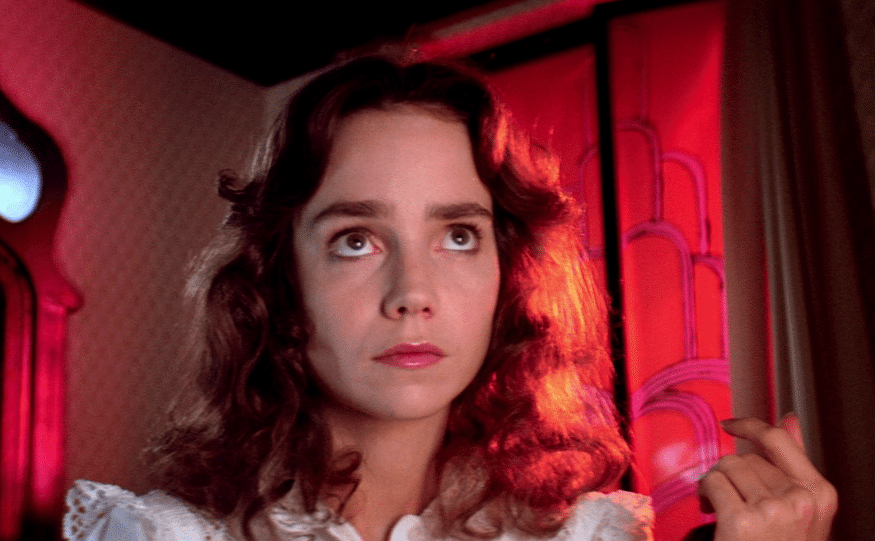
For my recent birthday, I received the kind of nerd-exclusive gift that evokes a sad enthusiasm. On the inside, I’m practically screaming with joy, but to express my precise feelings would only cause confusion and social isolation, and for good reason. I’m not about to be the next Nintendo 64 kid, for those of you familiar with that ancient meme.
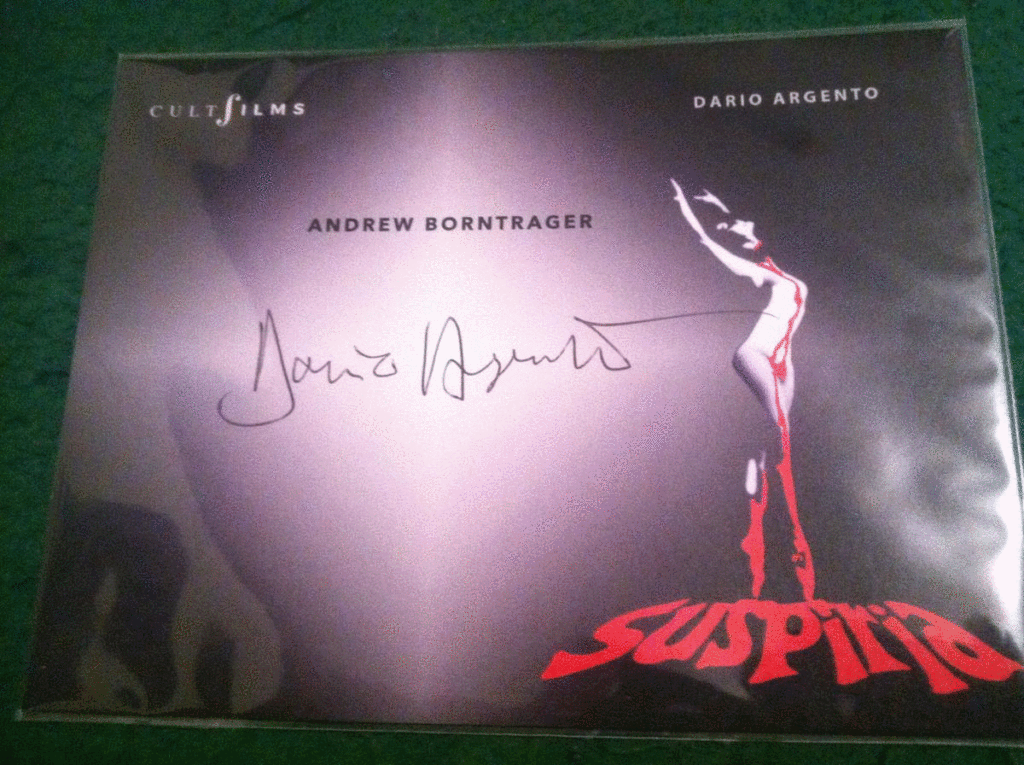
This is the signature of Dario Argento, an Italian director associated with a particular sub-genre of films from the ‘70s known as “Giallo.” Translated literally, Giallo means yellow, which represents the genre’s fascination with stories typically relegated to the pulpy Italian murder mystery novels of the era. These films are known for a few key characteristics:
— Giallo films often resemble a European take on Hitchcock, and are usually horror/thrillers.
— Their plots almost always involve an unknown killer that is revealed in the final sequence.
— They are often “erotic”, and sometimes contain a shocking amount of nudity for the time period.
— They tend to utilize bright, highly-saturated colors, especially when blood is involved.
— They are typically shot in a combination of Italian and English, or with little audio at all, and then dubbed into both languages. This was a normal practice in Italian cinema at the time.
— Many of the cheaper entries in the genre were notorious for being constantly re-cut to remove violence and nudity for sensitive foreign audiences. They were also spliced into footage of other movies to reduce production costs, and re-titled over and over to maximize profits and draw in foreign audiences.
— Their fans will not shut up about Giallo’s influence on American slasher films of the ‘80s.
Argento is easily the most recognizable name in Giallo, and his popularity was earned through accessibility. When compared to other directors associated with the genre, Argento’s films are just a bit more palatable to general audiences, although this in no way reflects a lack of quality. His style is very deliberate, and he fits nicely into the “auteur” category of directors.
Suspiria is usually considered his magnum opus. In spite of several aspects that make the film feel dated, particularly Goblin’s overbearing and poorly-mixed ‘70s metal soundtrack that sticks out like a sore thumb, it holds up much better than many of its contemporaries. Its color palette is gorgeous and haunting, and the cinematography is the movie’s driving force.
The first act involves one of the more memorable murder scenes in horror history. Suzy Bannion, played by the talented Jessica Harper, has had a really shitty evening. She’s just arrived in town, it’s raining like hell, and she’s having a hell of a time trying to hail a taxi. When she finally makes contact with a cab driver, her ride becomes something akin to that notoriously disturbing scene in Willy Wonka and the Chocolate Factory where Gene Wilder’s endearingly cryptic dialog suddenly becomes even more cryptic and not so endearing.
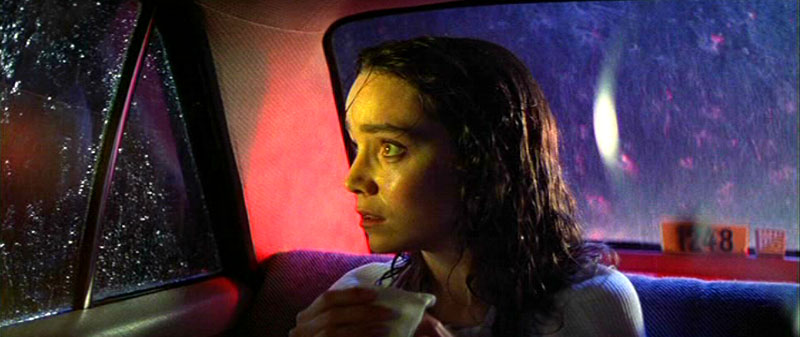
Suzy is trying to make her way to the ballet academy she’s recently been accepted to, but when she arrives, nobody answers the door, and she witnesses a student named Pat fleeing the scene. Suzy gives up and finds a hotel, and Pat spends the evening with a friend, explaining that she has uncovered a dark secret about the academy.
While primping before bed in the bathroom, a strange entity breaks through the window and drags Pat away. As she attempts to break free, she is stabbed over and over until finally falling through an ornate glass ceiling with a noose around her neck. It’s an unrelenting scene that provides some iconic imagery, and the killer is never shown.
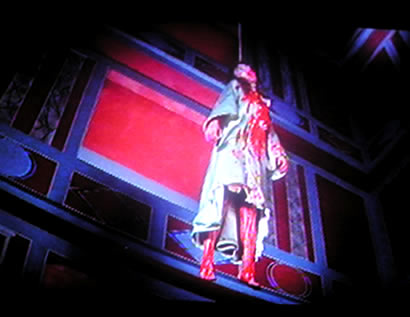
The following morning, Suzy shows up at the academy, and is introduced to the eccentric teachers and students. The teachers seem strict and rigid, and everyone at the academy has some kind of a bone to pick with Suzy. For the most part, the students are all bitchy, mean-spirited egoists who tease and sabotage each other constantly. Suzy takes comfort in the small handful of friendly students at the academy, but has difficulty living up to their strenuous routine in spite of displaying enough talent to make the other students jealous. During practice, she faints, and ends up in the care of another student named Sara. Her doctor prescribes bed rest and a glass of wine a day. Since everyone around her makes frequent attempts to keep her bedridden, Suzy sets out to explore the academy and unravel its secrets by wandering around at night.
*Brief spoilers for a film that’s over 40 years old*
Suzy has a number of strange adventures involving maggots falling from the ceiling, a blind piano player being viciously mauled by a dog, a strange encounter with the shadow of the academy’s unseen matriarch, and the news that her roommate Sara has mysteriously decided to transfer schools. (We all know what “transferring” means in school-themed horror films…) This has all been a bit much for our main character, and she ventures into town to visit one of Sara’s friends in order to gain some clarity.
This friend is Frank Mandel, played by a shockingly restrained Udo Kier, and he dumps that sweet, sweet exposition all over Suzy. The school she attends was founded by a Greek woman believed to be a witch, and some still believe her to be alive and operating the school as a coven. The only way to destroy the coven is kill its head witch, and so Suzy sets out to do just that.
After finally realizing that her “prescription wine” has been laced, Suzy refuses to drink it one evening, and decides to follow the mysterious footsteps outside her door. This leads her to discover a secret passage to a room where several of the teachers are holding a ritual to ensure her death. Suzy finds her friend Sara nailed to a coffin. She accidentally wakes up the head witch, who commands Sara to kill Suzy. Before Sara succeeds, Suzy throat-stabs the witch, and the rest of the coven begin dying off. Suzy escapes as the academy burns to the ground.
*End of spoilers*
I won’t pretend Suspiria isn’t a flawed film, and I’m not too proud to admit that the de-synchronization between dialog and mouth movement took me out of the film on several occasions. Still, every frame is absolutely gorgeous. I know I mentioned that Goblin’s score is overbearing, poorly-mixed, and out of place, but if you ignore the instances when dialog is impossible to hear over the shrill, almost-sarcastic “la la la’s” of the soundtrack, it really is a great score that adds plenty of atmosphere. Jessica Harper’s performance is pretty great, and while she’s just playing the naïve audience surrogate, she plays that role well. I also have to mention the costumes and set design, which are exceptional. The academy is at once beautiful and disturbing, and feels like Alice in Wonderland from hell.
Suspiria is the first in Argento’s planned “Three Mothers” trilogy. Each film focuses on a witch and their coven, and a young, innocent female character’s attempts to take them down. The success of Suspiria afforded Argento the opportunity to create Inferno, the second film in this trilogy, but it was a financial disappointment, so he abandoned the series for good.
While it’s easy to refer to Argento in the past tense because of his association with a genre that peaked in the ‘70s, he hasn’t really stopped making movies. In fact, he has a project in pre-production right now titled, The Sandman. In the mid-2000s, he decided to return to the Three Mothers series and gave us 2007’s La Terza Madre, or, as it is otherwise known, Mother of Tears, The Third Mother, and Mother of Tears: The Third Mother. Italy is weird like that. Unfortunately, Argento made the age-old mistake of casting his kin in the lead role. His daughter Asia is certainly attractive, but her inclusion in her father’s later films has always been rather unwelcome. To put it bluntly, she’s a shitty actress, and her boring, silly performance and a mound of poorly-implemented CGI were enough to completely destroy any chance La Terza Madre had at being an enjoyable film. To this day, I consider the Three Mothers trilogy unfinished.
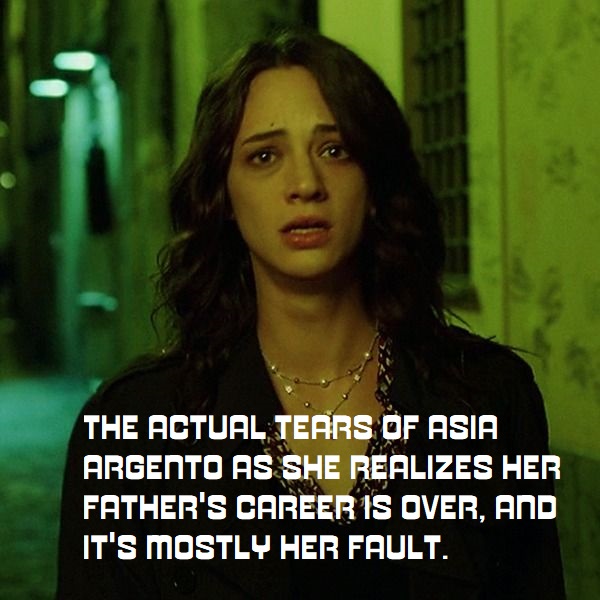
Interestingly enough, Suspiria has been remade. After years in development hell, this remake is finally seeing the light of day. We have a trailer, and a release date of November 2, 2018, so it’s definitely happening. This could go several ways, but there are four aspects of this project that intrigue me enough to elicit significant anticipation:
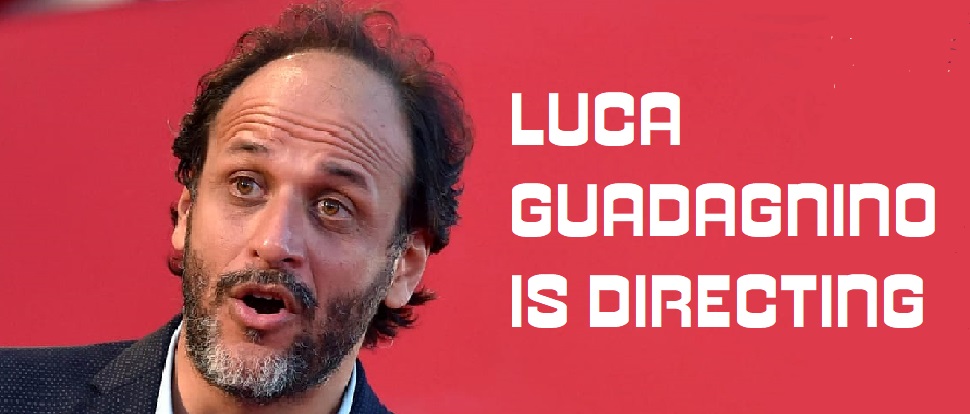
Guadagnino has been directing for over ten years, and has released mostly Italian projects until recently. I was a massive fan of his remake of 1969’s La Piscine, A Bigger Splash, an erotic thriller that works based on its solid script and great performances. Last year, he achieved mainstream notoriety with Call Me By Your Name, a romance that was nominated for several Academy Awards. Given his tendency toward the erotic, a Guadagnino Suspiria remake could be quite an experience, and now that we have a trailer, it looks like he’s going full art-house with this project, and I couldn’t be more excited about that.
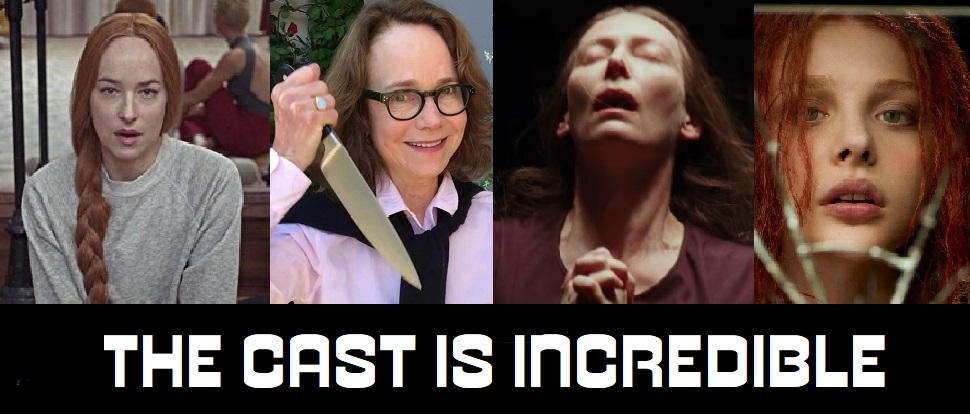
Tilda Swinton will have a major role as Madame Blanc, and she has a stellar track record when it comes to picking roles, as demonstrated by films like We Need to Talk About Kevin and Only Lovers Left Alive. Dakota Johnson will star as Suzy Bannion (Susie in this version), Jessica Harper (original Suzy) seems to have an actual role in the film rather than just a cameo, Chloe Moretz will play Pat (meaning she likely dies quickly), and Mia Goth, Shia Lebouf’s insignificant other, will reprise her role as “creepy girl” in A Cure for Wellness.

For years, Radiohead’s guitarist Johnny Greenwood has been composing notably brilliant film scores, mostly for Paul Thomas Anderson. This time, Radiohead’s eccentric lead vocalist is dabbling in the world of film, and if he lives up to the work of his band mate, this could be incredible

Guadagnino has explicitly stated that this is not a remake. For now, I’m taking that with a grain of salt. The story appears to be nearly identical, but the director has stated that his version will be about “the uncompromising force of motherhood”, a statement that leads me to believe there could be some real depth here. One of the biggest reasons to be skeptical about this remake is that Suspiria’s highly-saturated primary colors are absent. This was announced before the trailer came out, and was almost enough to make me stop caring entirely. Now that I’ve seen the trailer, that fear has been alleviated. This film is trying very hard to forge its own identity, and I love the potential of this dark new Suspiria.
Coming November 2, 2018
Suspiria: 8/10
My anticipation for the remake: 9/10
My excitement regarding obtaining Dario Argento’s signature: 10/10
By the way, thanks for that Luke.